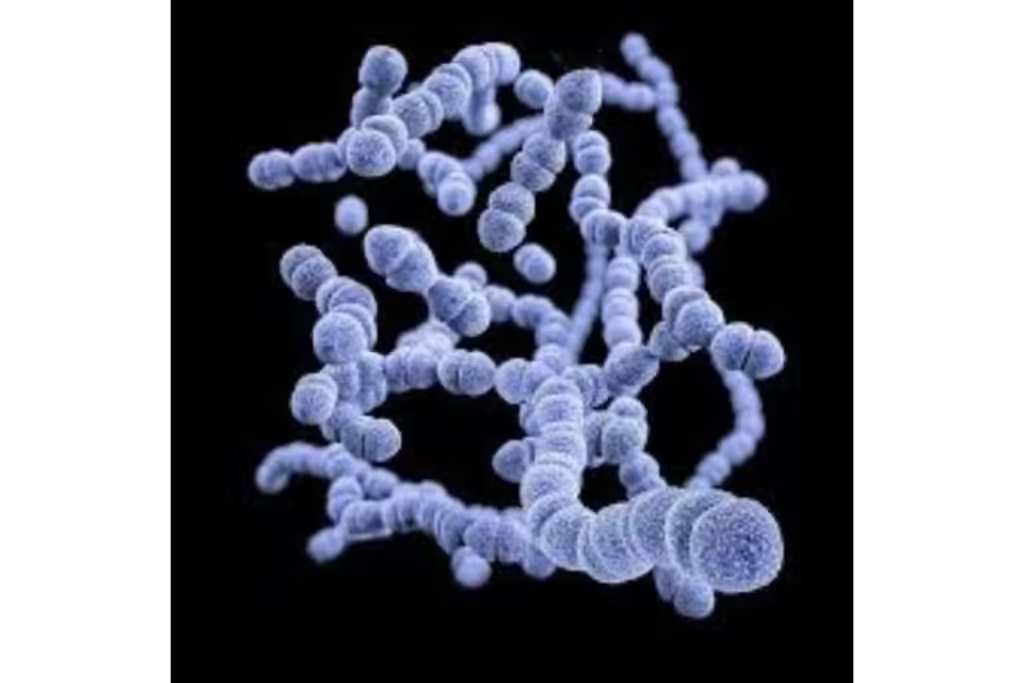Have you heard about the outrage of flesh-eating bacteria in Japan? What is this bacteria? How life-endangering can it be? Is there a vaccine already? To answer all of these panicking queries keep on reading…
Streptococcus Shock Syndrome (STSS) Cause:
- STSS results from an infection with Streptococcus pyogenes, also known as Group A Streptococcus (GAS).
- It typically occurs in connection with skin infections, childbirth, and surgery.
Why is Flesh-Eating Bacteria Transmission Increasing in Japan?
- The reasons behind Japan’s rise in STSS cases are not completely understood.
- Japanese health authorities have noted a correlation between the increase in respiratory infections and the relaxation of COVID-19 measures.
- Professor Ken Kikuchi mentioned to NHK, the national broadcaster, that people’s immune systems may have weakened during the lockdown, making them more susceptible to infections.
Effects of STSS:
- The bacteria produce a toxin in STSS that can cause an extreme immune response.
- This condition can become life-threatening within hours and has a high mortality rate, with around 40% of affected individuals dying.
Symptoms of STSS:
- Headache
- Fatigue
- Chills
- Fever higher than 102°F (38.9°C)
- A red, flat rash covering most of the body
- Shedding of skin in large sheets, particularly on the palms and soles, occurring one to two weeks after symptoms begin
Treatment for STSS:
- Antibiotics such as Penicillin and Clindamycin are used to treat STSS.
Advice:
- If you experience these symptoms, seek medical attention immediately. This condition is serious and should not be taken lightly.
Recent Statistics
- In the first half of 2024, Japan has reported 1,019 cases of STSS.
- There have been 77 deaths due to this infection.
- While the bacteria are typically found in soil, their presence is increasing.
Stay informed about STSS and take preventive measures, especially in environments where the bacteria are prevalent, and let’s pray that this doesn’t turn into another pandemic.

